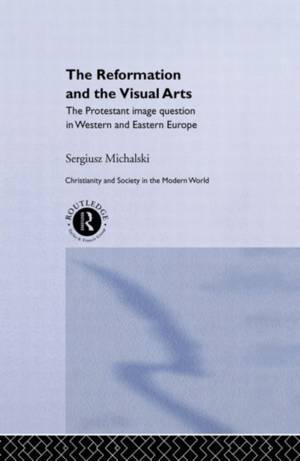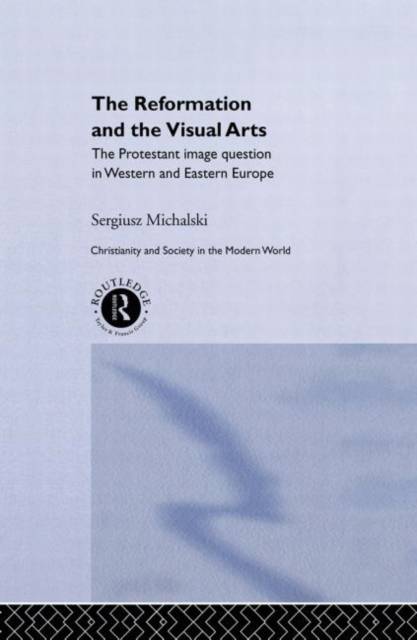
- Afhalen na 1 uur in een winkel met voorraad
- Gratis thuislevering in België vanaf € 30
- Ruim aanbod met 7 miljoen producten
- Afhalen na 1 uur in een winkel met voorraad
- Gratis thuislevering in België vanaf € 30
- Ruim aanbod met 7 miljoen producten
Zoeken
Reformation and the Visual Arts
The Protestant Image Question in Western and Eastern Europe
Sergiusz Michalski
€ 62,45
+ 124 punten
Omschrijving
Covering a vast geographical and chronological span, and bringing new and exciting material to light, The Reformation and the Visual Arts provides a unique overvie of religious images and iconoclasm, starting with the consequences of the Byzantine image controversy and ending with the Eastern Orthodox churches of the nineteenth century. The author argues that the image question played a large role in the divisions within European Protestantism and was intricately connected with the Eucharist controversy. He analyses the positions of the major Protestant reformers - Luther, Zwingli, Calvin and Karlstadt - on the legitimacy of religious paintings and investigates iconoclasm both as a form of religious and political protest and as a complex set of mock-revolutionary rites and denigration rituals. The book also contains new research on relations between Protestant iconoclasm and the extreme icon-worship of the Eastern Orthodox churches, and provides a brief discussion of Eastern protestantizing sects, especially in Russia.
Specificaties
Betrokkenen
- Auteur(s):
- Uitgeverij:
Inhoud
- Aantal bladzijden:
- 246
- Taal:
- Engels
- Reeks:
Eigenschappen
- Productcode (EAN):
- 9780415514842
- Verschijningsdatum:
- 4/11/2011
- Uitvoering:
- Paperback
- Formaat:
- Trade paperback (VS)
- Afmetingen:
- 140 mm x 216 mm
- Gewicht:
- 326 g

Alleen bij Standaard Boekhandel
+ 124 punten op je klantenkaart van Standaard Boekhandel
Beoordelingen
We publiceren alleen reviews die voldoen aan de voorwaarden voor reviews. Bekijk onze voorwaarden voor reviews.











